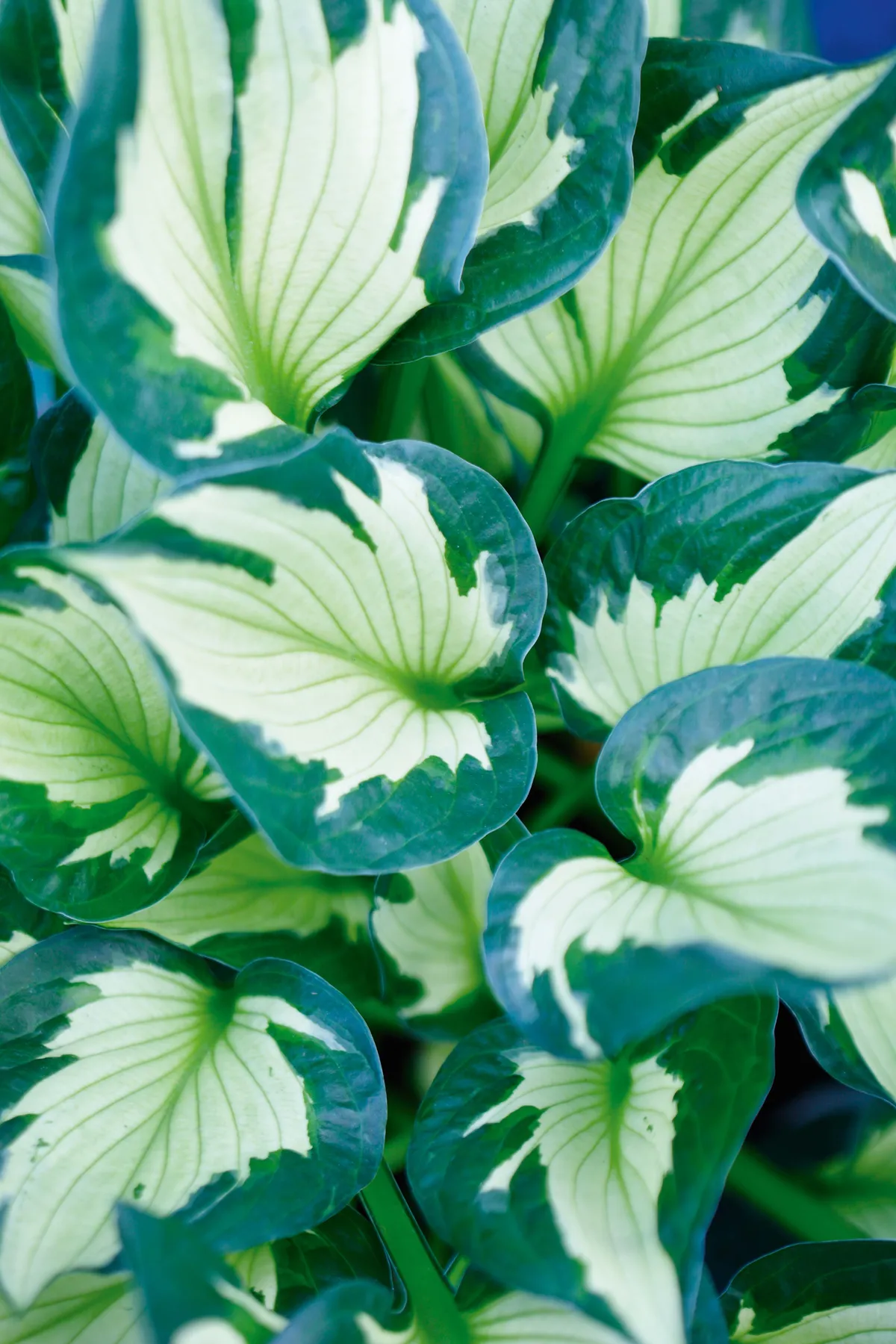Variegated plants often split opinion in the horticultural world. Below our expert Jamie Compton explains what they are and why they appear like they do, with variegated colouring on leaves.
Variegated plants lack chlorophyll
'The main reasons for variegated plants are genetic, where zones of cells in the leaf either totally lack chlorophyll – giving the area concerned a white appearance, known confusingly as silver variegation – or they have some chlorophyll and yellow pigments giving a yellow appearance in the area concerned – golden variegation.

In other variegated plants the green chlorophyll is much reduced and other colours are allowed to dominate such as carotenes – orange – or anthocyanins – red.
Variegation can also be because of viruses
Another cause of variegation is cells infected with viruses often along the veins or producing a blotchy effect.
Nearly all variegation is 'natural' but I have come across dyes being added to the watering of plants that have white celled leaves or even in some flowers. These by their very nature are short-lived as the colours eventually fade.'
Here's our list of the loveliest variegated plants.
